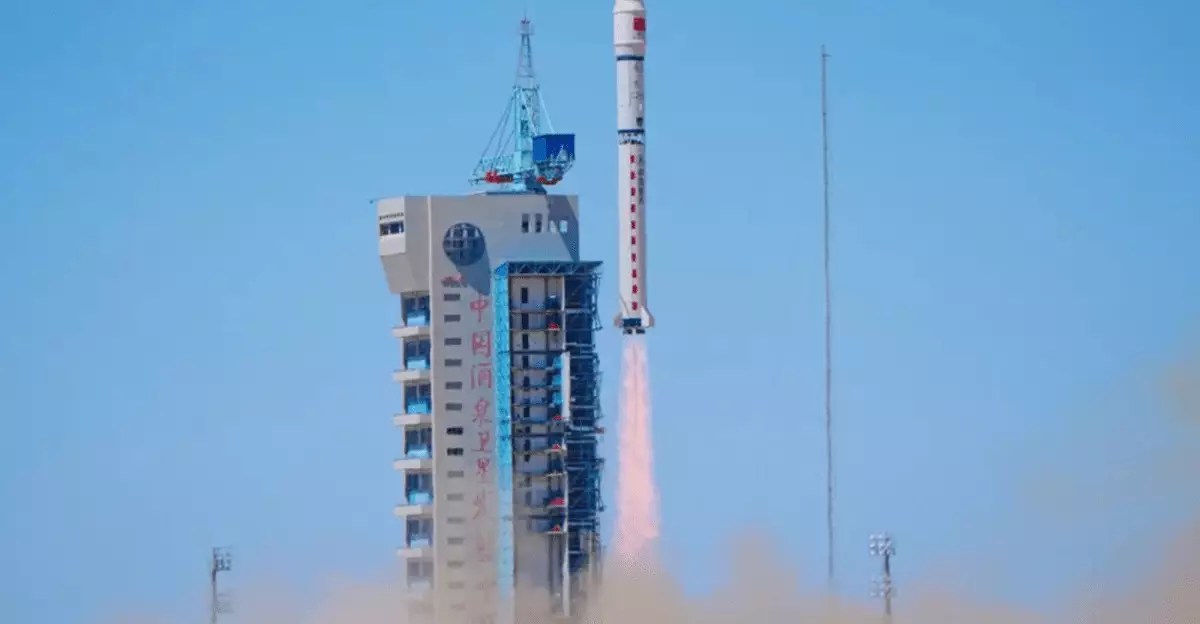The technological landscape is steadily evolving, and China is at the forefront with its ambitious initiative to launch a network of 2,800 satellites aimed at creating the world’s largest AI supercomputer in space. This groundbreaking project, spearheaded by ADA Space, Zhijiang Laboratory, and Neijang High-Tech Zone, promises to redefine how we process and manage data not just on Earth, but from the vast cosmos.
With the first 12 satellites now in orbit, a seismic shift in data computation is underway. Unlike previous models that depended on terrestrial systems for processing, these satellites are endowed with the capability to autonomously handle the data they gather. This self-reliance marks a significant advancement, as reported by Space News, offering unprecedented efficiency in information processing and transmission within a space environment.
The Power of AI in Orbit
At the core of this initiative lies the innovative “Star Compute” program, representing a pivotal step forward in artificial intelligence technologies. Each satellite boasts an AI model comprising a staggering 8 billion parameters, enabling it to execute 744 tera operations per second (TOPS). Collectively, the 12 satellites can achieve an astounding 5 peta operations per second (POPS). This processing power eclipses that of consumer technologies such as the Microsoft Copilot, boasting a mere 40 TOPS—highlighting just how far-reaching this satellite network could be in various fields including scientific research, disaster management, and entertainment.
What truly sets this project apart is the unique communication architecture between the satellites. Leveraging laser technology, these orbital entities can communicate at astonishing rates of up to 100 Gbps, far surpassing the traditional methods of data transmission that many terrestrial systems rely on. Furthermore, with 30 terabytes of shared storage, this constellation has the potential to act as a colossal reservoir of data, pivotal for rapid response during crises or in high-demand scenarios.
Broadening the Horizons of Application
The implications of such a powerful network are immense. Beyond traditional data telemetry, these satellites are equipped with sophisticated scientific payloads, including an X-ray polarization detector. This technology opens doors not merely to observe brief cosmic phenomena like gamma-ray bursts but also to foster advancements in various sectors. For example, their ability to create 3D digital twin data holds exciting prospects for industries such as gaming, emergency response, and even tourism. Such technology could revolutionize how we experience and interact with both virtual and real-world environments.
Moreover, this initiative could significantly address the limitations faced by current satellite systems. As reported by the South China Morning Post, conventional satellite data transmission is notoriously sluggish, with over 90% of the captured data not reaching terrestrial stations due to bandwidth restrictions. The new satellite network aims to mitigate these challenges, promising a future where data communication is seamless, efficient, and rich in content.
China’s launch of this unparalleled satellite network is not merely an exercise in technological prowess but a courageous stride toward redefining data connectivity and computational capacities in outer space. As we eagerly anticipate the full realization of the “Three-Body Computing Constellation,” it becomes clear that this mission could alter the global technological landscape, ushering in a future where space-based computing is not just a dream but a powerful reality.


Leave a Reply